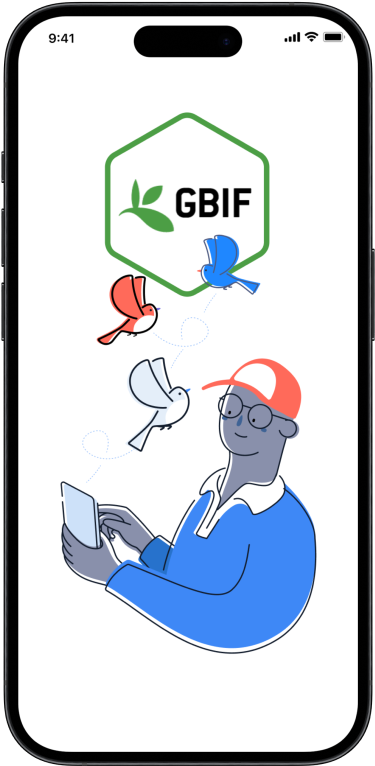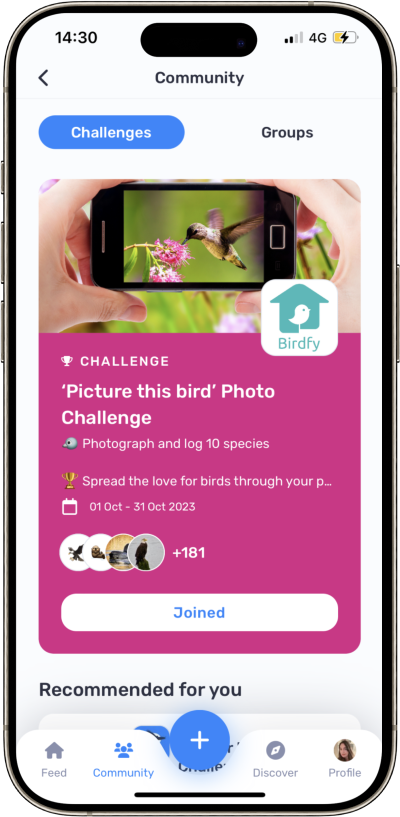loading...
Sandpipers, Snipes
Sandpipers are a diverse group of wading birds belonging to the family Scolopacidae, which also includes curlews and snipe. They exhibit a range of body sizes and bill shapes adapted to various ecological niches, typically consuming small invertebrates in coastal habitats. With body lengths ranging from 12 to 66 cm, they have sensitive, slender bills that vary in length, helping them locate prey beneath the mud or soil. Sandpipers are generally drab in color, with brown, grey, or streaked patterns, although some may become more colorful during breeding. These birds are mostly found across the Northern Hemisphere and are known for their open-area nesting habits and simple ground scrapes as nests where they lay three to four eggs. The young are self-sufficient shortly after hatching. The family was first scientifically described in 1815, encompasses around 98 species, and includes various genera such as Bartramia, Numenius, and Calidris. Most sandpipers evolved during the Oligocene to Miocene epochs, with a scarce fossil record from earlier times. Their foraging behavior is tactile, with some species exhibiting unique feeding styles such as probing mud or chasing aquatic prey. During breeding, strategies vary from monogamous pairs to more complex arrangements that may include polyandry and lek mating systems. Sandpipers' non-breeding distributions are widespread, including regions outside of the extreme deserts and Antarctica.
Regions
Categories
All
Albatrosses
Anhingas, Darters
Asities
Austral Storm Petrels
Barn Owls
Bee-eaters
Bulbuls
Buntings
Buttonquail
Caracaras, Falcons
Chats, Old World Flycatchers
Cisticolas & Allies
Cormorants, Shags
Coursers, Pratincoles
Crab-plover
Crows, Jays
Cuckoo-roller
Cuckoos
Cuckooshrikes
Drongos
Ducks, Geese, Swans
Figbirds, Orioles, Turnagra
Finches, Euphonias
Flamingos
Flufftails
Frigatebirds
Gannets, Boobies
Grassbirds & Allies
Grebes
Ground Rollers
Guineafowl
Gulls, Terns, Skimmers
Hamerkop
Herons, Bitterns
Hoopoes
Ibises, Spoonbills
Indigobirds, Whydahs
Jacanas
Kingfishers
Kites, Hawks, Eagles
Larks
Laughingthrushes & Allies
Leaf Warblers & Allies
Mesites
Monarchs
Nightjars
Northern Storm Petrels
Old World Parrots
Old World Sparrows, Snowfinches
Ospreys
Owls
Oystercatchers
Painted-snipes
Pelicans
Penguins
Petrels, Shearwaters, Diving Petrels
Pheasants & Allies
Pigeons, Doves
Plovers
Rails, Crakes & Coots
Reed Warblers & Allies
Rollers
Sandgrouse
Sandpipers, Snipes
Shrikes
Skuas
Starlings, Rhabdornis
Stilts, Avocets
Stone-curlews, Thick-knees
Storks
Sunbirds
Swallows, Martins
Swifts
Sylviid Babblers
Tetrakas & Allies
Thrushes
Tropicbirds
Vangas & Allies
Wagtails, Pipits
Waxbills, Munias & Allies
Weavers, Widowbirds
White-eyes

Bar-tailed Godwit
Limosa lapponica

Black-tailed Godwit
Limosa limosa

Broad-billed Sandpiper
Calidris falcinellus

Buff-breasted Sandpiper
Calidris subruficollis

Common Sandpiper
Actitis hypoleucos

Curlew
Numenius arquata

Curlew Sandpiper
Calidris ferruginea

Great Knot
Calidris tenuirostris

Great Snipe
Gallinago media

Green Sandpiper
Tringa ochropus

Greenshank
Tringa nebularia

Grey-tailed Tattler
Tringa brevipes

Jack Snipe
Lymnocryptes minimus

Knot
Calidris canutus

Little Stint
Calidris minuta

Little Whimbrel
Numenius minutus

Long-toed Stint
Calidris subminuta
Madagascar Snipe
Gallinago macrodactyla

Marsh Sandpiper
Tringa stagnatilis

Pectoral Sandpiper
Calidris melanotos

Pin-tailed Snipe
Gallinago stenura

Red-necked Phalarope
Phalaropus lobatus

Redshank
Tringa totanus

Ruff
Calidris pugnax

Sanderling
Calidris alba

Sharp-tailed Sandpiper
Calidris acuminata
Slender-billed Curlew
Numenius tenuirostris

Snipe
Gallinago gallinago

Spotted Redshank
Tringa erythropus

Temminck's Stint
Calidris temminckii

Terek Sandpiper
Xenus cinereus

Turnstone
Arenaria interpres

Whimbrel
Numenius phaeopus

Wood Sandpiper
Tringa glareola
Your birdwatching journey like never before
Connect with nature in minutes
Take a walk, look out of the window and log the birds that you see. Feel good about those little connections to nature.
Discover the joy of birding
Find new birding spots, see more birds, share and celebrate with a like-minded community of nature lovers.
Play your part in saving nature
Logging your birding sightings and sessions turns into positive action for our planet. Every sighting counts.



























